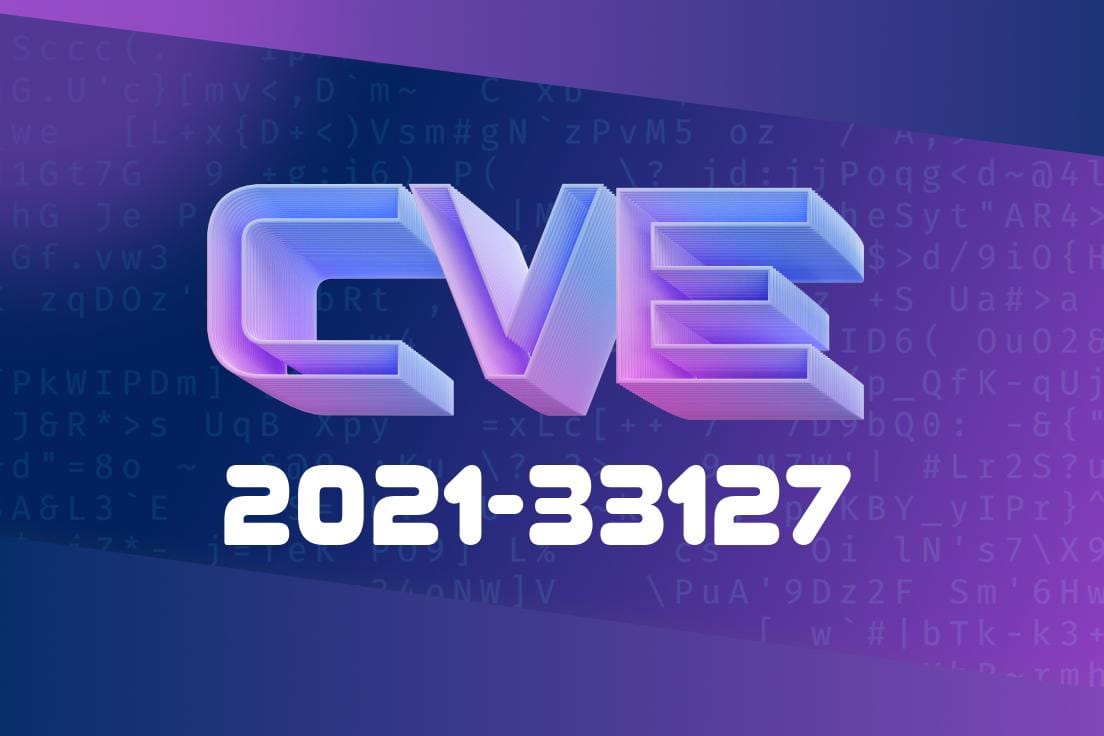In the ever-changing world of cybersecurity, CVEs (Common Vulnerabilities and Exposures) are published to help professionals keep track of security flaws, their severity, and steps needed to mitigate them. Sometimes, however, CVEs are registered and later rejected – meaning they’re no longer tracked as security issues. In this long-read, we’ll take a deep dive into CVE-2021-33127, understand why it was rejected, the process behind it, and what this tells us about the CVE system.
What is CVE-2021-33127?
When you first look up CVE-2021-33127, you see an entry in the CVE database that says:
> REJECTED: This CVE ID has been rejected or withdrawn by its CVE Numbering Authority (CNA). Further explanation, if available, will be provided below.
> Reason: This is unused.
At first glance, this can be confusing. Let’s demystify it.
Why Was CVE-2021-33127 Rejected?
When a CVE entry gets the “REJECT” status, it means that either a mistake was made, the issue reported wasn’t actually a security flaw, or sometimes the same vulnerability was assigned multiple IDs, and only one should be kept.
This is unused.
So, no details, reports, code, or exploits are associated with this identifier. It was either reserved in error, or the original reporter withdrew the claim before any data was published. Sometimes CNAs pre-register a block of IDs for later use, but not all get utilized.
What Does a Rejected CVE Look Like in Code?
Suppose you were looking for a code snippet or a proof-of-concept exploit for this CVE. You wouldn’t find any, because “unused” means there was _no vulnerability_ associated with it.
But sometimes, security tools and scripts check for CVEs by looking for their identifier in software version checks. This can lead to “false positives” if tools aren’t updated to handle rejections.
Here is an example in Python showing how you might filter out rejected CVEs from a list when checking your dependencies:
cve_list = [
{'id': 'CVE-2021-33127', 'status': 'REJECTED'},
{'id': 'CVE-2021-34527', 'status': 'ACTIVE'}, # PrintNightmare
{'id': 'CVE-2021-26855', 'status': 'ACTIVE'}, # ProxyLogon
]
for cve in cve_list:
if cve['status'] != 'REJECTED':
print(f"Check for vulnerability: {cve['id']}")
else:
print(f"Skipped unused CVE: {cve['id']}")
Output:
Skipped unused CVE: CVE-2021-33127
Check for vulnerability: CVE-2021-34527
Check for vulnerability: CVE-2021-26855
Lessons From CVE-2021-33127’s Rejection
- It’s common: Hundreds of CVEs are reserved and later rejected, especially if reserved in bulk or in error.
- No actual flaw: Just because a software scanner shows an ID doesn’t mean you’re at risk; always check the CVE status at Official CVE List.
References
- CVE-2021-33127 Entry - cve.mitre.org
- The meaning of rejected CVEs (Twitter thread)
- Official CVE Definitions
- List of Rejected CVEs (Year 2021)
Conclusion
CVE-2021-33127 remains a great example of the transparency and diligence in the vulnerability tracking process. Its rejected status – “This is unused.” – means there’s no exploit, no affected product, and no remedial action is needed. If you see tools or scanners flagging this CVE, you can safely disregard the alert.
Timeline
Published on: 02/23/2024 21:15:08 UTC
Last modified on: 09/04/2025 00:40:34 UTC
